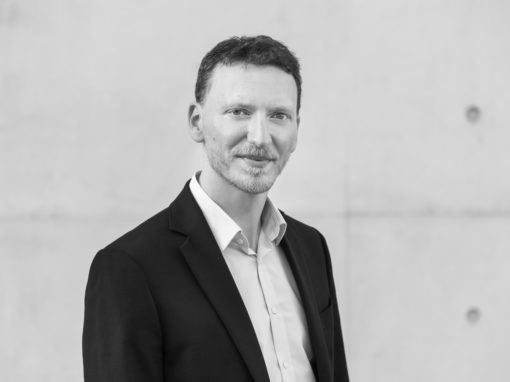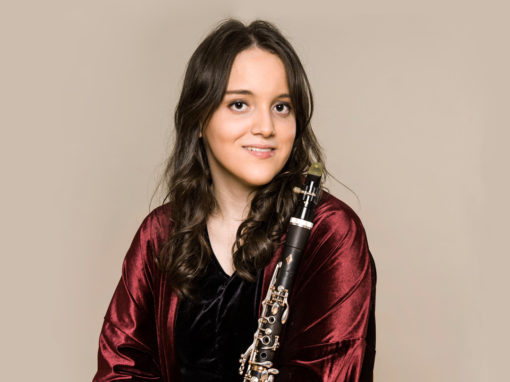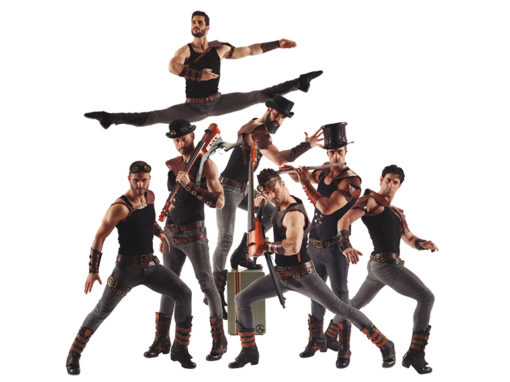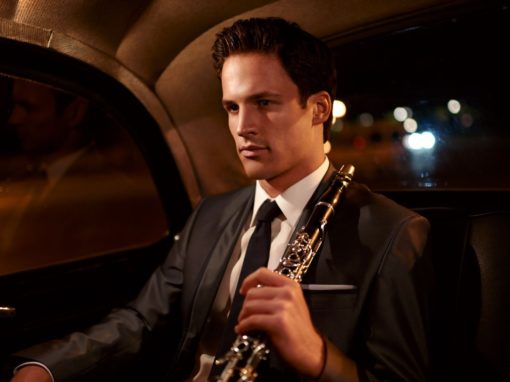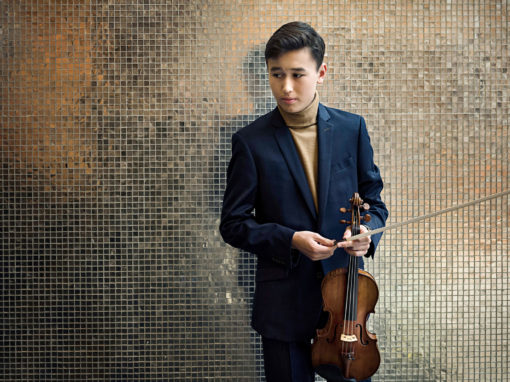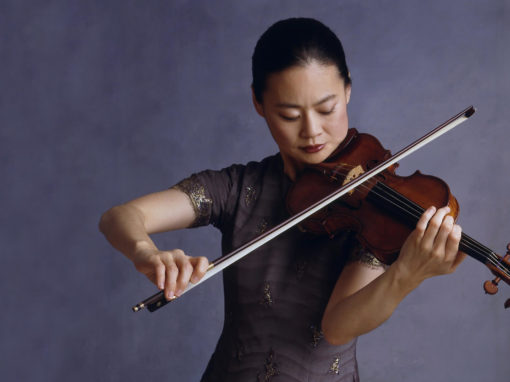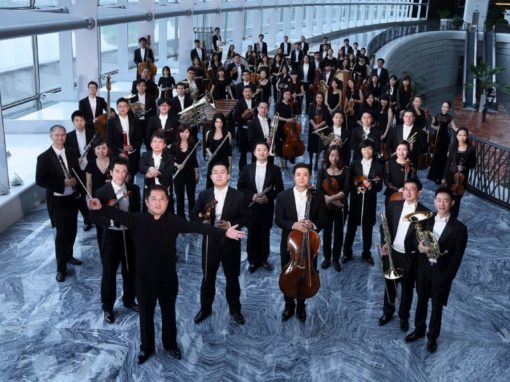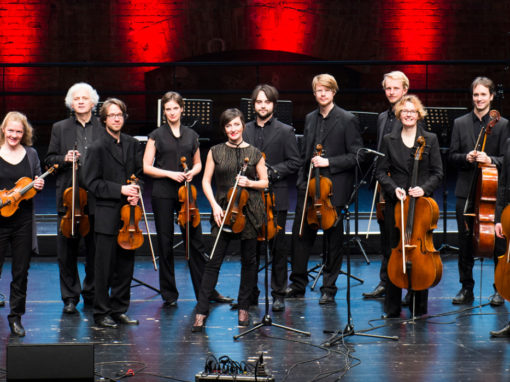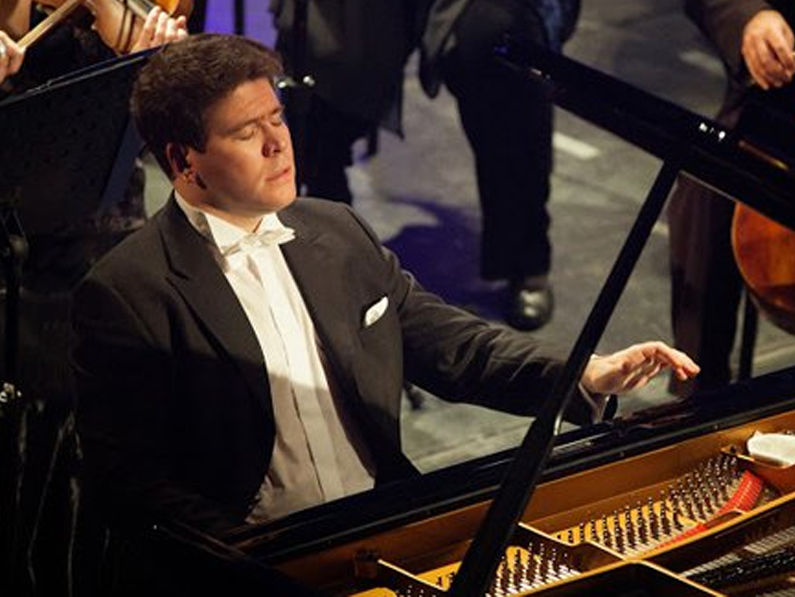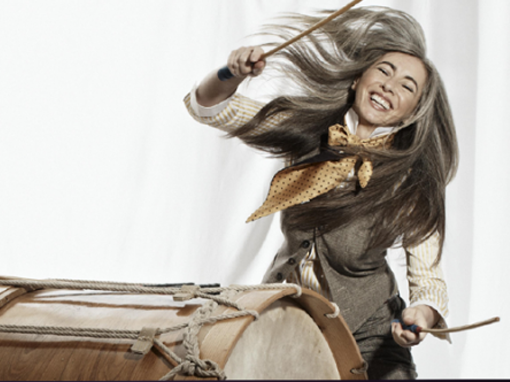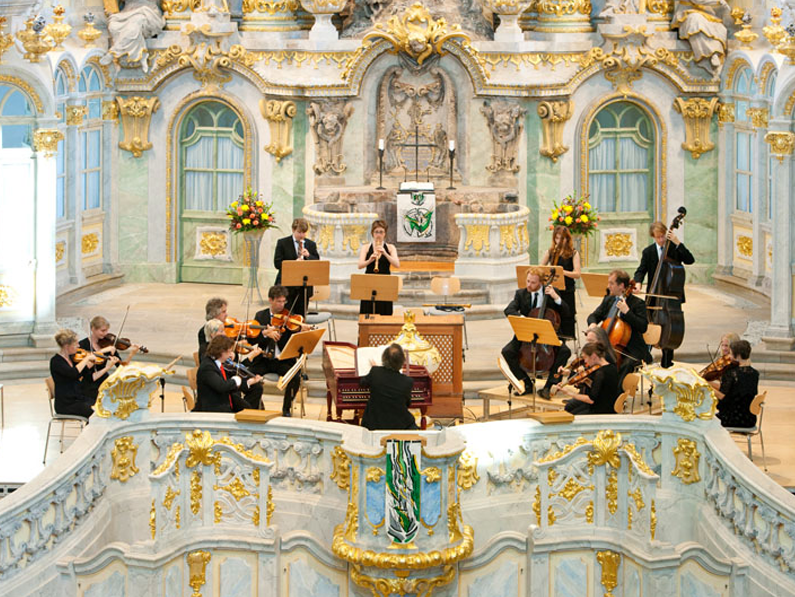Concerto Copenhagen | Tour 2017 Spain
Concerto Copenhagen played its first concert in 1991 and has since developed into Scandinavia’s leading early music ensemble, joining the league of the world’s most exciting and innovative Baroque orchestras. Original interpretations and a strong ability to communicate with the audience are among Concerto Copenhagen’s hallmarks – making old music vital, relevant and contemporary.
THE 2016 GRAMOPHONE CLASSICAL MUSIC AWARDS SHORTLIST
Our recording of Bach’s B Minor Mass on the Gramophone Classical Music Awards Shortlist 2016 in the category ‘Baroque Vocal’
more bio
Scandinavian origins
The collaboration between Concerto Copenhagen and Lars Ulrik Mortensen has led to an exciting artistic and musical journey, appreciated and praised by audiences and critics worldwide, and combining a repertoire of well-known European music with less familiar works of Scandinavian origin.
Over the years Concerto Copenhagen has collaborated with many internationally renowned artists in the Early Music scene, including Emma Kirkby, Andreas Scholl, Anne Sofie von Otter, Sonia Prina, Vivica Genaux, Andrew Manze, Andrew Lawrence-King, Reinhard Goebel, Ronald Brautigam, Jordi Savall, and Alfredo Bernardini, the orchestra’s principal guest conductor. Beginning in 2015 the Danish composer Karl Aage Rasmussen will be composer-in-residence and accompany the orchestra on an adventurous expedition into the world of contemporary music.
International attention
Concerto Copenhagen’s CD recordings for CPO, Deutsche Grammophon and BIS, as well as DVD productions for Harmonia Mundi and Decca have attracted worldwide attention and won several international awards. This has led to invitations from many of Europe’s leading concert venues and festivals, as well as extensive tours to the USA, Japan, Brazil, Mexico and Australia. International reviews reflect the experience of a cosmopolitan orchestra at the highest level.
Concerto Copenhagen’s collaboration with Italian opera director Deda Cristina Colonna has led to highly successful opera productions in the orchestra’s hometown Copenhagen. In 2016 Concerto Copenhagen will celebrate its 25th anniversary with a wide range of projects and events.
Partners and sponsors
Concerto Copenhagen’s media partner in Denmark is DR (National Danish Broadcast Corporation). Most live concerts are recorded and broadcast in Denmark as well as by the EBU network in most parts of the world, and heard by millions of listeners.
In Denmark, Concerto Copenhagen enjoys a close collaboration with The Royal Theatre, on average collaborating on one opera every year. Recent productions include works by Monteverdi and Mozart as well as performances of a selection of Handel’s most beloved operas, featuring counter-tenor Andreas Scholl as the lead role in both Julius Caesar and Partenope.
The orchestra is supported by the Danish Arts Council and is regarded as Denmark’s leading musical export within the field of classical music. MORE
programmes
June 9–17, 2018
HANDEL IN ITALY – VOCAL EXTRAVAGANZA
(With the sopranos Maria Keohane and Sophie Junker)
Handel’s 4 years in Italy (1706-10) produced some amazing music. The Italian style seemed to be in his blood, the compositional command is astounding and his music brims over with freshness and excitement. He soon became a great success and his cantatas and early operas especially harvested praise. Handel obviously rated the music he produced there, a lot of it was later recycled in his great London operas. Presenting gems from the productive Italian years, it soon becomes evident to the listener that this is music by a composer who had everything going for him. It’s packed with excitement and sizzles with emotion.
G. F. Handel (1685 – 1759)
Aminta e Fillide, cantata for 2 sopranos, strings and B.c., HWV 83
(Intermission)
Overture, arias and dances from Rodrigo, HWV 5
*Instrumentation 4–4–2–2–1 = 13 + hps + 2 singers = 16 pax
———————————————————————————————————
Beginning of September 2017
FARINELLI & SENESINO – UNE RENCONTRE ENTRE TITANS!
Farinelli & Senesino – the Leading Castrati of 18th Century
(This is a presentation of the project with the two great mezzo-sopranos Vivica Genaux and Sonia Prina)
Soprano versus Contralto? The reason of a rivalry. Why two Baroque singers with different (or perhaps opposite) voice range should fight each other? A celebrated soprano could not share the same stage with a famous contralto? Not always, especially if they both aspired to perform the leading role on an Operatic production. Indeed, from 18th Century on the hierarchy of singers on the Operatic stage was very strict. Being the primo uomo of an Operatic production around 1720-1740 involved many issues: the highest fee, the highest number of gifts from the public, the highest number of pieces sang (and perhaps also the longest in terms of length!). For composers and organizers it was not an easy task to accomplish such requests once… and it was almost impossible to afford them twice in the same time!
I part (40 min)
Porpora – Festa d’Imeneo (London 1736): Parte seconda: Sinfonia (instrumental)
Porpora – Adelaide (Rome 1723): «Quel cor che mi donasti» (Farinelli)
Vinci – Medo (Parma 1728): «Sento due fiamme in petto» (Farinelli)
Porpora – Elisa (London 1726): «Vanne e vivi con la speranza» (duet)
Bononcini – Griselda (London 1722): Sinfonia (instrumental)
Bononcini –Griselda (London 1722): «Dell’offesa vendicarti» (duet)
Händel – Flavio (London 1723): «Rompo i lacci e frango i dardi» (Senesino)
Bononcini – Astarto (London 1721): «La costanza, il timore, l’affetto» (Senesino)
Gasparini (Arr. by Leo) – Eumene (Naples 1715): «Se non temi il mio furore» (duet)
II part (40 min)
Giacomelli – Gianguir (Venice 1728): «Mi par sentir la bella» (Senesino)
Porpora – Polifemo (London 1735): «Quel vasto, quel fiero» (Senesino)
Giacomelli – Gianguir (Venice 1728): «Placide a miglior vita» (duet)
Ariosti – Vespasiano (London 1724): Sinfonia (instrumental)
Hasse – Catone in Utica (Turin 1731): «Mi lusinga il dolce affetto» (Farinelli)
Sellitto – Nitocri (Venice 1733): «Scenda dal cielo irato» (Farinelli)
Bononcini – Astarto (London 1721): «Mai non potrei goder» (duet)
———————————————————————————————————
January/February 2017
CANTATAS by Bach, Handel and Buxtehude & some instrumental pieces
(With the soprano Sophie Junker)
Johann Sebastian Bach (1685 – 1750)
Kantate BWV 84, “Ich bin vergnügt mit meinem Glücke”
1. Arie. “Ich bin vergnügt mit meinem Glücke“
2. Recitativ. “Gott ist mir ja nichts schuldig“
3. Arie. “Ich esse mit Freuden mein weniges Brot“
4. Recitativ. “Im Schweiβe meines Angesichts“
5. Koral. “Ich leb‘ indeβ in dir vergnüget“
Georg Philipp Telemann (1681 – 1767)
Sonate i G-mol for obo og violin, TWV42:g5 / Mesto – Allegro – Andante – Vivace
Georg Friedrich Händel (1685 – 1759)
”Ah! che troppo ineguali“, HWV 230
1. Recitativ. “Ah! Che troppo ineguali“
2. Arie. “O del Ciel Maria Regina“
(Pause)
Dietrich Buxtehude (ca.1637 – 1707)
”Herr, wenn ich nur dich hab”, BuxWV 38
Johann Gottlieb Goldberg (1727 – 1756)
Sonate i C-Dur for 2 violiner, DürG 13 / Adagio – Alla breve – Largo – Gigue. Presto
Johann Sebastian Bach (1685 – 1750)
Kantate BWV 202, ”Weichet nur, betrübte Schatten”
1. Arie. “Weichet nur, betrübte Schatten“
2. Recitativ. “Die Welt wird wieder neu“
3. Arie. “Phoebus eilt mit schnellen Pferden“
4. Recitativ. “Drum sucht auch Amor sein Vergnügen“
5. Arie. “Wenn die Frühlingslüfte streichen“
6. Recitativ. “Und dieses ist das Glücke“
7. Arie. “Sich üben im Lieben“
8. Recitativ. “So sei das Band der keuschen Liebe“
9. Gavotte. “Sehet in Zufriedenheit“
Violin: Peter Spissky, Fredrik From / Viola: Antina Hugosson / Cello: Thomas Pitt / Violone: Megan Adie / Obo: Antoine Torunczyk / Lars Ulrik Mortensen – cembalo and conductor
———————————————————————————————————

